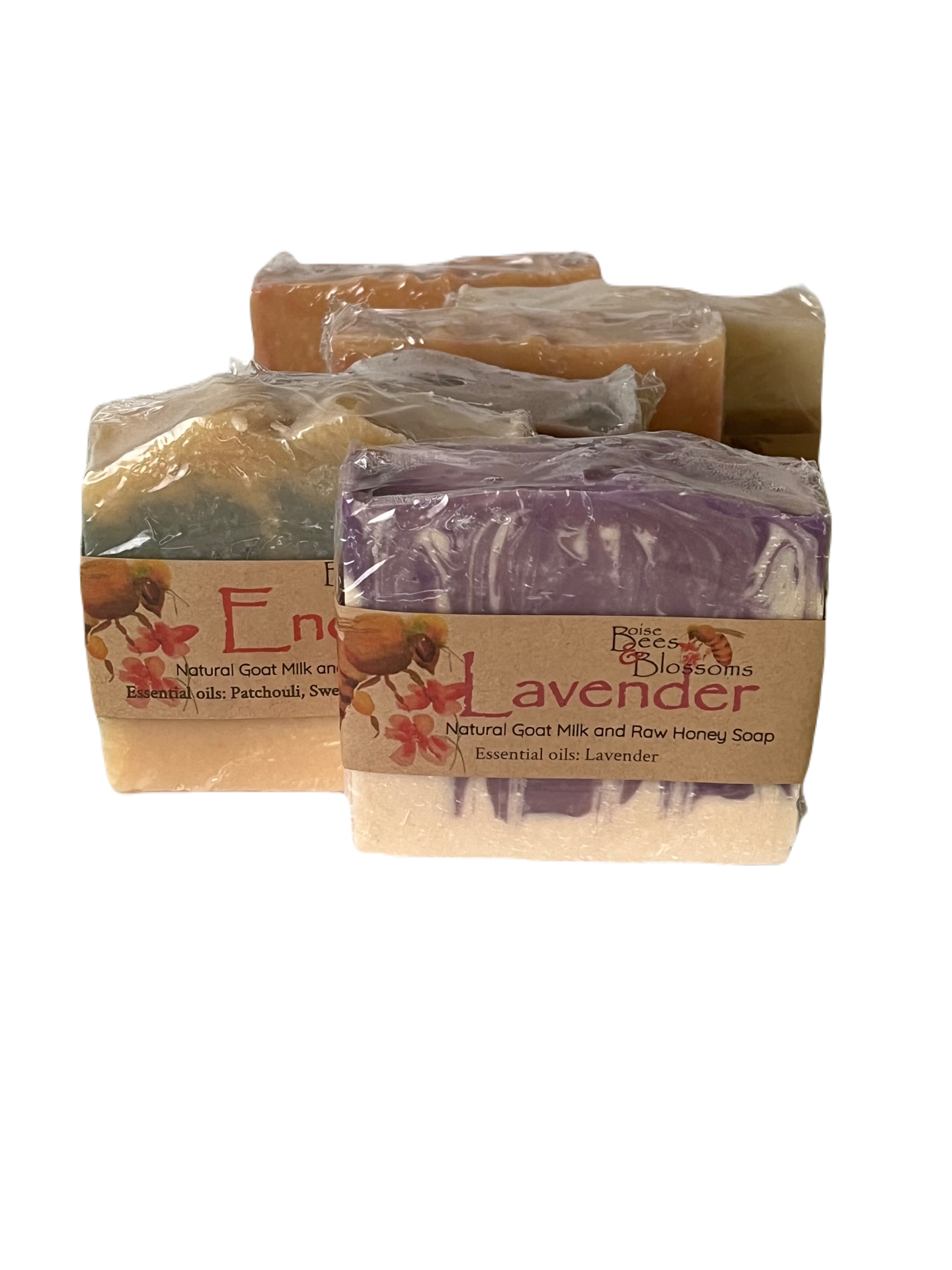The Many Colors of Honey
Honey is renowned for its stunning range of colors, which can vary from almost colorless to dark amber. The primary factors that influence the color of honey are the flower species from which bees gather nectar and the processing and storage conditions. Here are some of the most common honey colors and the flowers that produce them:
-
Light Amber Honey: Light amber honey is often almost colorless or pale yellow. It is typically sourced from flowers like clover, alfalfa, and orange blossom. Clover honey, in particular, is known for its delicate, mild flavor and light color. It is a favorite choice for many consumers.
-
Golden Honey: A step darker than light amber, golden honey can range from a pale gold to a rich gold color. Bees collect nectar from a variety of wildflowers and garden blooms to produce this type of honey. Wildflower honey, for example, often falls into this category and has a complex, multi-floral flavor profile.
-
Amber Honey: Honey that is amber in color usually comes from sources like buckwheat and sunflowers. Buckwheat honey, which is much darker than clover honey, has a strong, robust flavor and is often used as a natural sweetener in baking and cooking.
-
Dark Honey: Honey with a dark amber to brown color is often derived from sources like heather and chestnut. Heather honey, found in regions with abundant heather plants, has a distinct, strong, and slightly bitter flavor. Chestnut honey, on the other hand, is known for its dark color and intense, earthy taste.
-
Red and Purple Honey: Some rare honey varieties can take on shades of red or purple, which are often associated with specific floral sources like lavender and certain Eucalyptus species. Lavender honey, for instance, carries the fragrance and flavor of lavender flowers and is prized for its unique characteristics.
The Role of Processing and Storage
Apart from floral sources, the processing and storage of honey also influence its color. Raw, unfiltered honey tends to preserve the natural color more effectively, while heating and filtration during processing can result in a lighter, more translucent appearance. Crystallization, a natural process, can also alter the texture and opacity of honey, though it does not affect its flavor.


